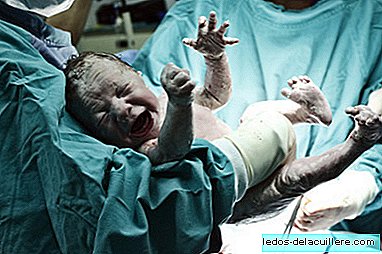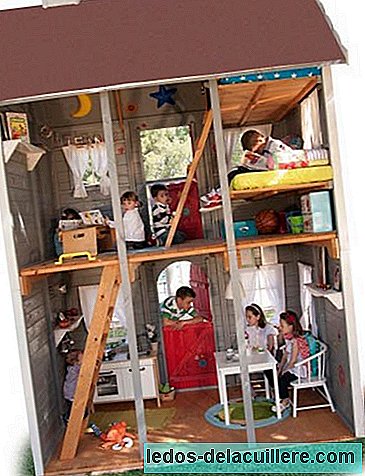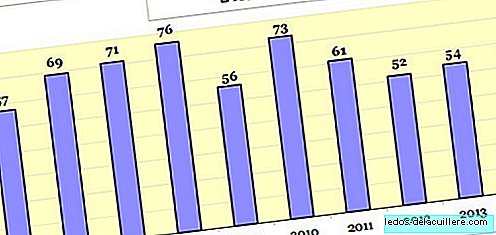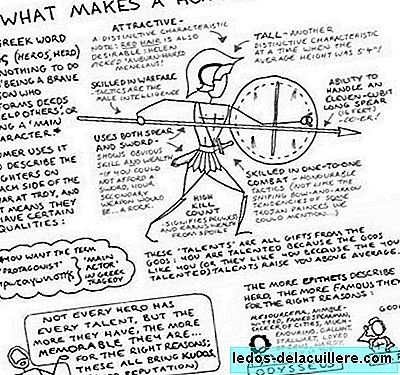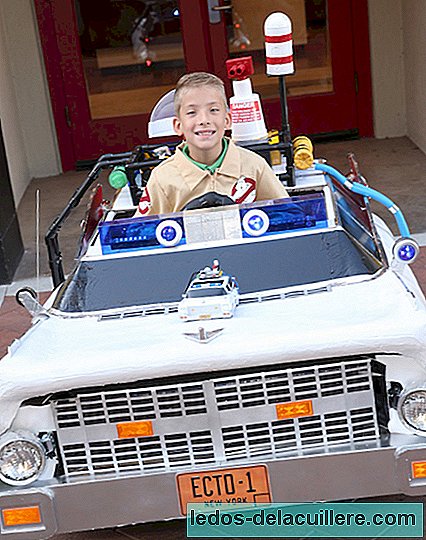
Visual problems are difficult to detect in young children, unless they are too obvious. The child does not know what he sees wrong and believes that others see himself as he does. We are the parents who have to observe them to try to identify if there are any deficiencies. There are certain symptoms that can indicate visual problems in children.
The smaller they are, the more complicated it is to detect a visual problem. It is important to watch your eyes from birth, also during the first months and especially when the child watches TV or sits down to play games or work at close range. Then, when he begins to go to school we must be attentive to possible problems with reading and writing, which could cause visual problems.
Let's see what the symptoms are, depending on age, that could indicate that the child has a visual problem.
When is a baby
- Notes that the baby does not focus on the gaze
- Don't follow a face with your eyes
- Makes strange eye movements
- His eyes are not aligned
- It has extreme sensitivity to light
- Have a droopy eyelid
- Rubs eyes frequently
- His eyes tremble
- Pupils look cloudy, opaque or one is larger than the other
When he is a child
- Trips frequently
- Twist or deflect an eye or both
- Complains of blurred vision
- Rubs eyes frequently
- It gets too close to the TV
- Wink
- Encloses the eyes
- He complains of a headache
When you start reading and writing
Today, many children with just 4, 5 or 6 years begin to learn to read and write. Although some are still immature for reading and writing, and for that reason it can be suspected that there was a visual problem when there is none, there are certain signs that could indicate that we should consult with an eye doctor or optometrist.
- It is very close to paper
- He has a hard time understanding what he reads
- He twists his head when he reads or writes
- Your eyes get tired when you read or write
- You have trouble visualizing what you read
- Confuse letters and words frequently
- Has trouble copying from the board



